Adopting Love: Exploring the Pet Adoption Boom and Its Impact
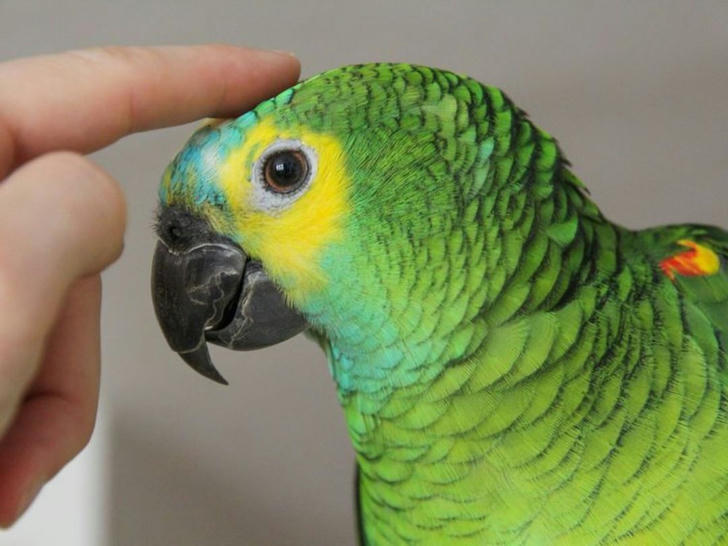
Training pet birds is essential for creating a harmonious relationship between the bird and its owner. While birds can be affectionate companions, they often present challenges, such as biting and fear-based behaviors. Understanding how to train your bird effectively can lead to a more enjoyable experience for both you and your feathered friend.
Introduction
To train your bird successfully, it's crucial to understand its behavior. Birds bite for several reasons, including fear, defense mechanisms, and communication. Recognizing these triggers can help you address the underlying issues. Additionally, being aware of your bird's body language and signs of discomfort is vital in preventing unwanted biting.
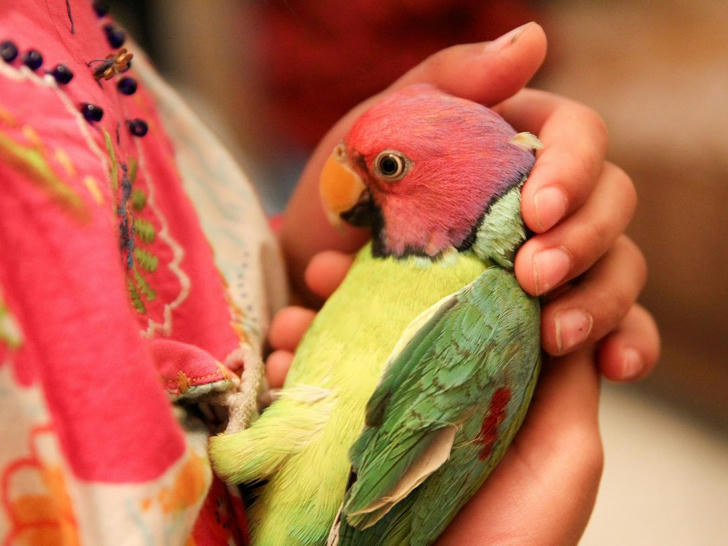
Building Trust and Affection
Establishing a bond with your bird is the foundation of effective training. Consistent interactions and a daily routine help build trust. Use positive reinforcement techniques, such as offering treats and praise, to encourage desired behaviors.
Creating a safe and comfortable environment is also essential. Ensure that your bird's space is free from stressors and gradually introduce handling. Start by allowing your bird to get accustomed to your presence before attempting to touch or hold it.
Engaging your bird in interactive play is a great way to foster affection. Introduce toys and games that promote bonding, such as foraging toys or simple games of chase. Establishing daily routines that include talking, singing, and gentle petting can also enhance trust.
Encourage exploration and exercise by allowing your bird to fly in a safe, enclosed space. This helps build confidence and strengthens your bond.

Effective Training Techniques
Training your bird effectively involves using techniques that promote positive behavior while fostering a strong bond between you and your feathered friend. Here are some practical training methods, along with their timing, benefits, and important considerations:
Positive Reinforcement
Timing: Use immediately after the desired behavior.
Benefits: Reinforces good behavior, encouraging your bird to repeat it.
Considerations: Use small, healthy treats to reward your bird. Ensure the treats are appropriate for its diet. Avoid over-rewarding to prevent weight gain.
Target Training
Timing: Can be practiced daily for short sessions (5-10 minutes).
Benefits: Helps the bird learn to follow a target (like a stick or your finger) and can improve recall and trust.
Considerations: Start with easy targets and gradually increase difficulty. Be patient and consistent, and always reward the bird when it successfully touches the target.
Clicker Training
Timing: Introduce during training sessions, ideally when the bird is alert and engaged.
Benefits: Provides clear communication about which behavior is being rewarded, making learning more efficient.
Considerations: Ensure the clicker sound doesn’t scare your bird. Use the clicker to mark the exact moment of the desired behavior and follow it with a reward.
Socialization
Timing: Incorporate during daily interactions, especially with new people or environments.
Benefits: Reduces fear and anxiety, helping the bird become more comfortable with handling and new experiences.
Considerations: Gradually introduce your bird to new people and situations. Monitor its reactions and give it space if it seems stressed.
Routine Training Sessions
Timing: Short, consistent sessions (5-15 minutes) several times a week.
Benefits: Establishes a routine, making training predictable and enjoyable for your bird.
Considerations: Keep sessions positive and end on a high note, so your bird looks forward to training time.
Desensitization
Timing: Start gradually and extend exposure over several sessions.
Benefits: Helps your bird become accustomed to various stimuli (like new sounds, objects, or handling).
Considerations: Introduce new experiences slowly, ensuring the bird feels safe and not overwhelmed. Reward calm behavior during exposure.
By incorporating these techniques into your bird training routine, you can enhance your bird’s behavior while strengthening your relationship. Always remember to be patient and adjust your approach based on your bird’s personality and comfort level.
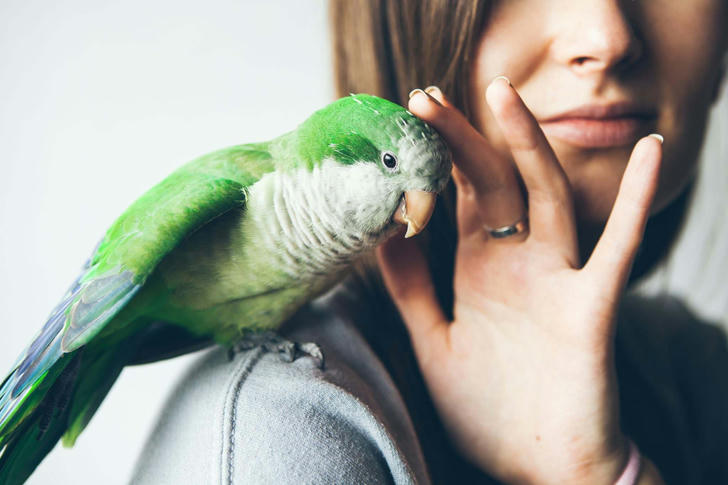
Managing Biting Behavior
Identifying the triggers for biting is crucial. Observe your bird to determine what situations may cause discomfort or fear. Once identified, implement strategies to minimize biting. Redirect negative behavior by providing toys or distractions. Understanding your bird's body language can also help you anticipate when it might bite.
To correct undesirable behavior in birds, avoid reacting with excitement or raising your voice. Instead, convey your discontent through a frown and body language that reflects your unhappiness. Use calm and soft tones to communicate that the behavior is unacceptable. While doing this, promptly place the bird back in its cage or on its perch.
As you consider what might have caused your bird to feel threatened enough to bite, give it a brief "time out" without making eye contact by stepping out of the room. It's essential to return to positive interactions with your bird within 10 minutes, allowing it to demonstrate that it can manage its behavior better.
Instruct guests to anticipate normal beaking from the bird and to avoid reacting with excitement or loud noises. This will help the bird feel less threatened by strangers, reducing the likelihood of biting.
It’s important to note that young children may not have the maturity to interact with birds appropriately. A bird's bite or even regular beaking can cause injury to soft skin, so exercise caution when the bird is around younger visitors.
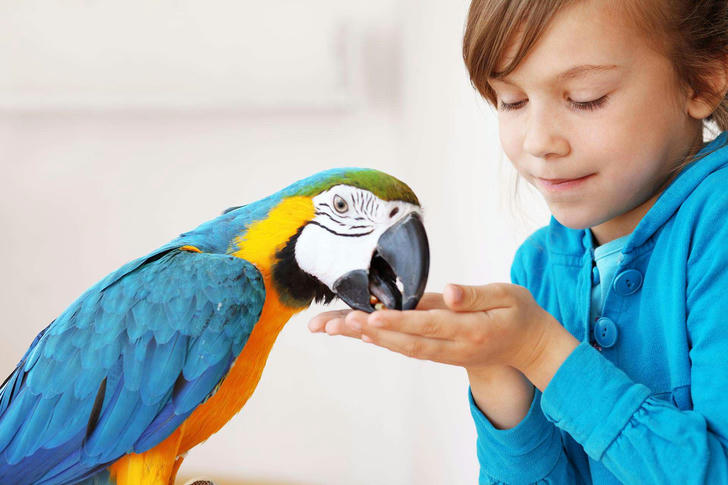
Conclusion
Successful bird training requires patience and consistency. By understanding your bird's behavior, building trust, and implementing effective training techniques, you can foster affection and minimize biting. The joy of having a well-trained and affectionate bird is worth the effort.
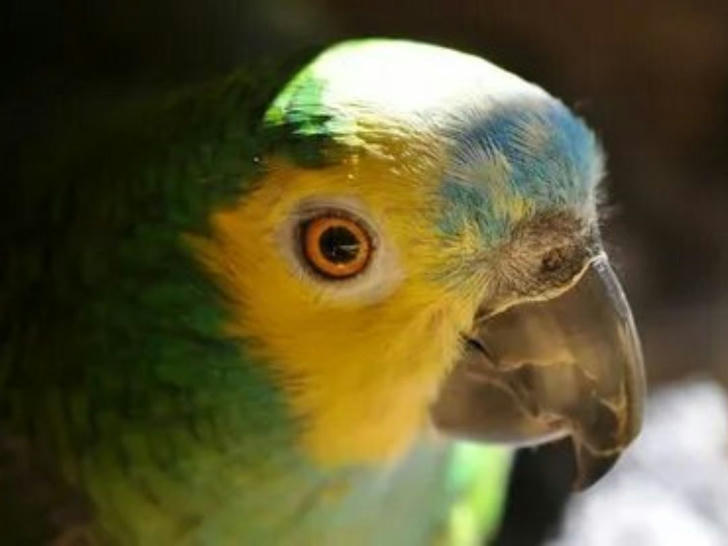
Additional Resources
For those seeking more information, consider exploring recommended books and websites dedicated to bird care and training. Online communities can also offer support and advice from fellow bird owners, enhancing your training journey.
